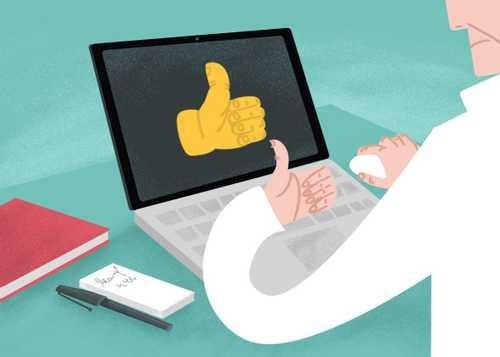When Critics Go Soft, Audiences Pay the Price
Curated from: slate.com
Ideas, facts & insights covering these topics:
5 ideas
·311 reads
4
Explore the World's Best Ideas
Join today and uncover 100+ curated journeys from 50+ topics. Unlock access to our mobile app with extensive features.
Types of critics
Critics are criticized for being offenders of a few specific types:
- Overintellectual nitpickers.
- Soft touches who are paid by studios and record labels.
- Chummy logrollers. In the social media age, you'll be surrounded by a relentless enthusiasm that might make you believe that all new books are fantastic.
- Careerist contrarians. They try to stand out from the crowds with their cynical eye-catching opinions. "Daddy's Home 2 is the second coming of Molière."
15
113 reads
The Reviewer's Fallacy
We've all have experienced shows that we've read high praise for, then been disappointed by. One of the root causes of the reviewer's fallacy is based on the opinion that 90% of film, literature, consumer goods are mediocre or worse.
It would be tiresome for critics to find new ways to condemn worthless work. The editors and owners of the publications would also not be happy with a consistently downbeat arts section. Therefore, critics are unconsciously inclined to use a rating that if something isn't very good, but is better than two-thirds of other entries in the genre, it can get a B or B-plus.
16
49 reads
Undue credit
Critics experience so much bad work that they get accustomed to it.
When they do see originality, or arguably interesting intentions, or technical proficiency, or something that is bad but not bad in the usual way, they will give these things undue credit.
11
71 reads
The consumers wish list
The wish list differs for different people.
In books, films, and TV, it comes down to a story to which we gratefully suspend our disbelief and allow ourselves to be carried away. In music, the distinction is between words that we find merit in and music that enhances the meaning of the words.
10
44 reads
Different views
The set of critics’ and audiences’ interests overlap but are not the same.
The audience wants to know if they should spend their time and money on it. The critic gets in for free and has to listen or read or watch to whatever is next. Their questions are about craft and originality and wallet quality.
12
34 reads
IDEAS CURATED BY
Robert H.'s ideas are part of this journey:
Learn more about problemsolving with this collection
How to set boundaries to protect your energy
How to cultivate positive energy
Why rest and recovery are important
Related collections
Similar ideas
11 ideas
Rotten Tomatoes: About
rottentomatoes.com
Read & Learn
20x Faster
without
deepstash
with
deepstash
with
deepstash
Personalized microlearning
—
100+ Learning Journeys
—
Access to 200,000+ ideas
—
Access to the mobile app
—
Unlimited idea saving
—
—
Unlimited history
—
—
Unlimited listening to ideas
—
—
Downloading & offline access
—
—
Supercharge your mind with one idea per day
Enter your email and spend 1 minute every day to learn something new.
I agree to receive email updates
